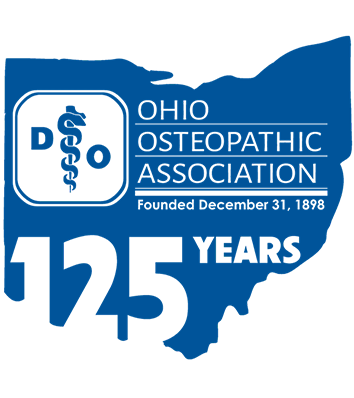Vaccines Don't Have to be a Pain in the Arm
An Update from Atlantic Health Partners
(September 26, 2016) If you ask any pediatrician or family physician, it's a tough call to decide who is more in pain from shots and immunizations -- children or their parents. There are physical and psychological component to shots, and both can be managed and mitigated with proper care, attention, and planning.
Given that the CDC recommends a significant number of shots within the first six years of age, deploying proper strategies to ease anxiety and reduce pain can help families avoid terrified toddlers, and ultimately assist in making sure all patients adhere to the recommended schedule.
Effective vaccine pain-management techniques exist to help families through the immunization schedule. Vaccine pain management controls the balance between physical pain and the perception of pain. While pain of the needle pokes can be felt physically, it can also be exacerbated mentally by a child's fear. Similarly, a parent's reaction can also either help decrease or increase pain.
A study published on the National Center for Biotechnology Institute revealed that a parent's behavior surrounding their children's shots dictated how their child perceived shots. Kids are attuned to parents' emotional states and often mimic those unknowingly. Advising parents to remain calm and getting them directly involved in their child's pain management is key to getting through vaccinations successfully.
According to It Doesn't Have to Hurt, an initiative of the Centre for Pediatric Pain Research, one of the best pain care techniques for parents is distraction. Letting older children play with their favorite toy or game during the shot shifts their focus off of the pain. Mental distractions, such as reminding children of a reward they will get or fun activity they will do after the shot, will help to focus their attention on something other than the shot.
Additional vaccine pain-management techniques for parents can help to reduce the physical pain felt by the child. Many topical anesthetics are available by prescription and over the counter to help numb the skin before a shot. Additionally, sweet substances, such as sugar-water for babies and lollipops for toddlers given a few minutes in advance of a shot helps to ease pain, according to HealthyChildren.org. The organization also suggests "blowing away the pain" with deep breaths, bubbles, or pinwheels to alleviate some of the sensation.
Finally, positioning matters when it comes to shots. Having a parent hold a child, instead of restraining them or laying them flat, can be more calming and help diminish the pain. Additionally, allowing parents to cradle infants skin-to-skin or even breast feed at the time of vaccination can reduce the discomfort for both the baby and the parent, according to It Doesn't Have to Hurt. When appropriate, pediatricians can even let the child choose where they would like the shot, suggests HealthyChildren.org. When parents and children feel more in control of the situation, everyone is more at ease.
Physicians can play a more active role in letting parents know their options for minimizing the sting of shots and the discomfort experienced by child and parent alike. By educating parents about pain management techniques, fear doesn't have to be a barrier; pediatricians can help families keep their children healthy by following the immunization schedule pain-free.
For more information, contact Atlantic Health Partners' Cindy Berenson or Jeff Winokur at 800-741-2044 or info@atlantichealthpartners.com. OOA members can enroll in AHP's vaccine purchasing program for free.



